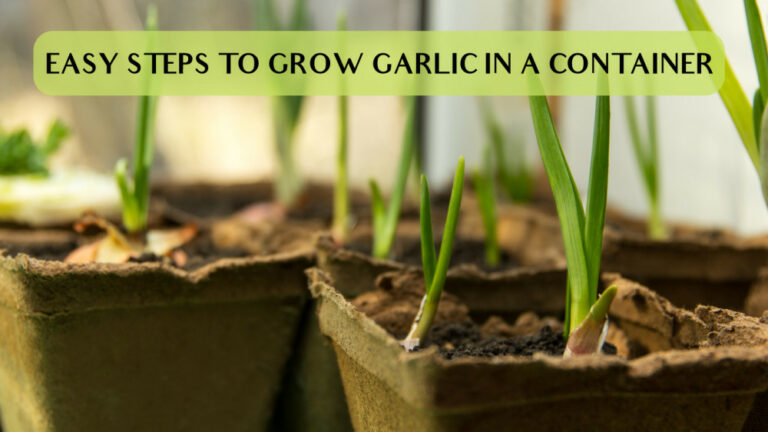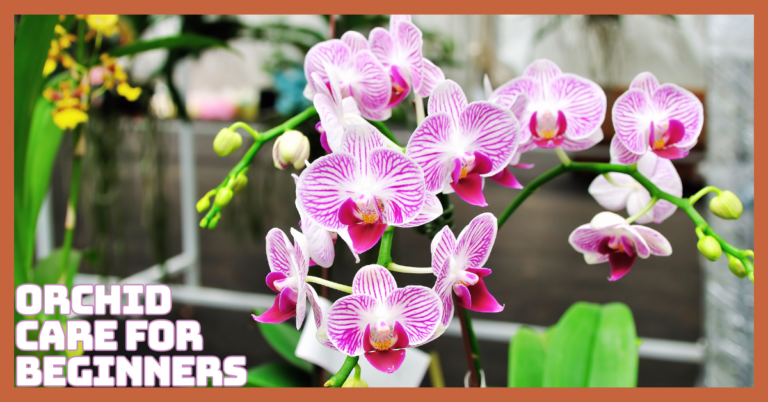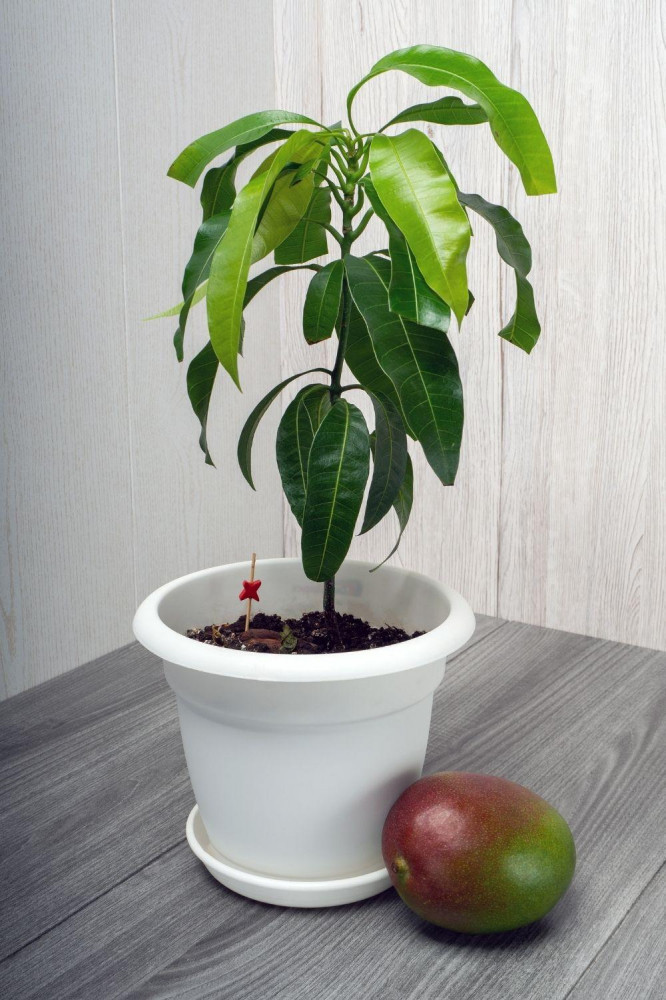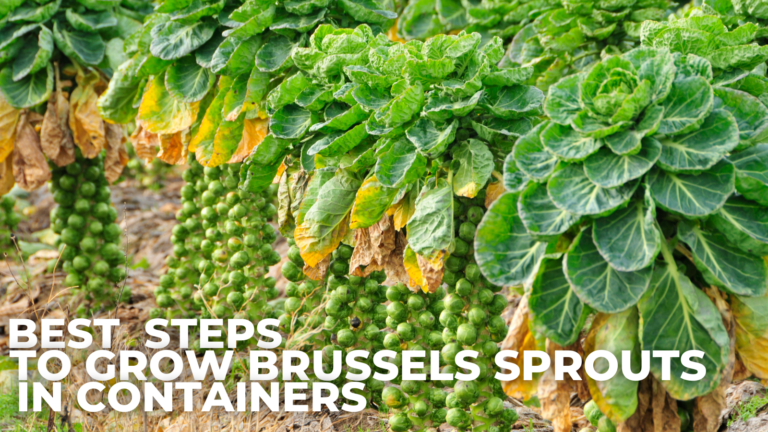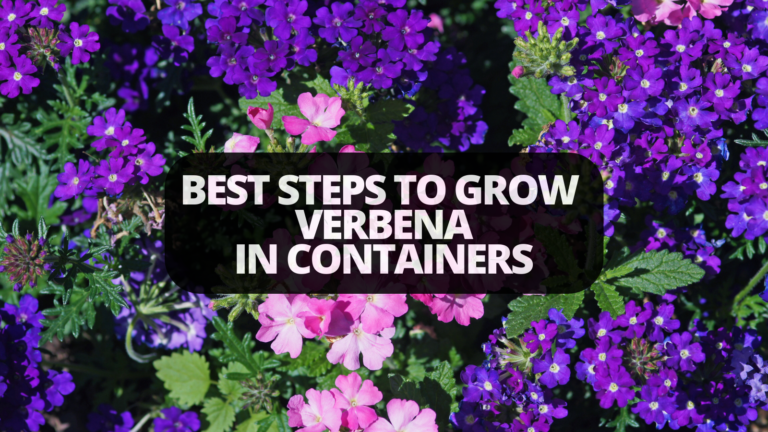Best Steps Of Growing Calla Lilies In Containers
Best Steps Of Growing Calla Lilies In Containers
Calla lilies, or arum or pig lilies, are herbaceous rhizomes native to southern Africa that belong to the Araceae family's Zantedeschia genus.
The term “calla” comes from the Greek word “kallos,” which means “beauty,” and perfectly describes these showy plants.
Eight clump-forming perennials in the genus are appreciated for their vivid, elaborate blooms and beautiful foliage.
These plants are frost tender and only hardy in USDA Hardiness Zones 8 to 11. Hence, they are cultivated as annuals in milder climates.
The flowers comprise a single spathe, a modified leaf that looks like a seamless “petal” and is coiled into a chalice or trumpet form.
The true flowering component is a finger-like inflorescence called a spadix encircled by the spathe. After flowering, the spadix is usually golden yellow or the same as the spathe and bears little seed pods.
The attractive leaves are elongated and stemless, with a swordlike or arrowhead shape, and are sometimes glossy. These are available in various green colours, ranging from milky jade to deep forest.
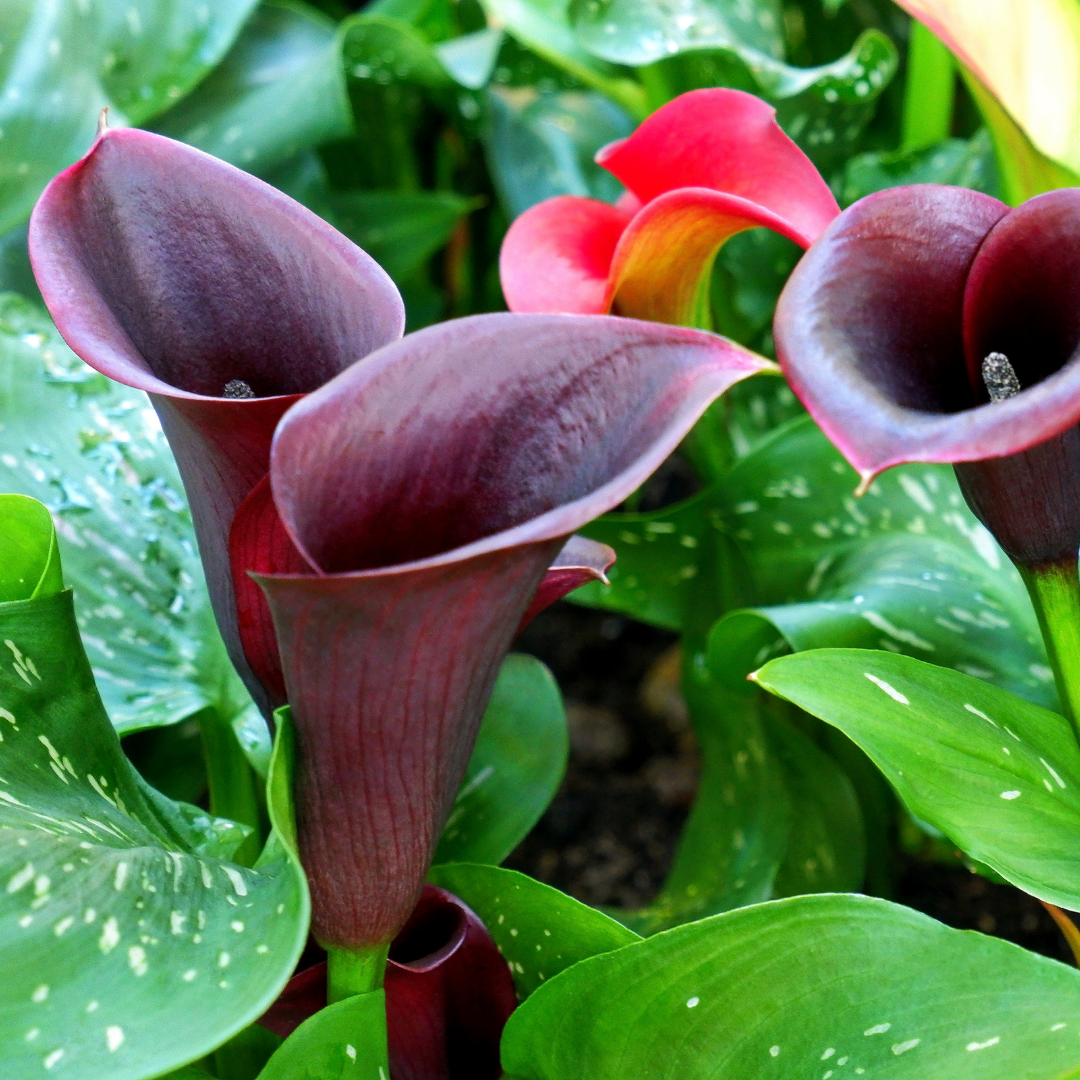
History Of Calla Lilies
Simon van der Stel, the first governor of the Dutch colony at the Cape of Good Hope in South Africa, transported the white arum lily, Z. aethiopica, to Europe in the 1690s.
Van der Stel was a talented amateur botanist with a passion for tropical flora. He sent numerous African plants back to Holland for research and commercial cultivation.
Until the mid-1800s, when colourful spathes were introduced, the white arum was the only species under cultivation.
Today's colourful varieties result from complicated hybridization, resulting in plants with vibrant colours and long bloom times.
Once established, Z. aethiopica can withstand semi-aquatic conditions, but the colourful forms are susceptible to soilborne bacterial infections and root rot when the soil is oversaturated.
Under ideal conditions, Z. aethiopica can also produce flowers and foliage continuously once planted, much like an evergreen. On the other hand, the multicoloured hybrids must go through a hibernation period before blossoming again.
Why Do People Grow Calla Lilies?
For the following reasons, gardeners are planting Callas, which originated in South Africa, into garden beds and containers:
- Calla lilies are easy to grow and come in various colours.
- Only eight weeks after planting, Callas bloom.
- Their foliage, which is formed like an arrow, is appealing.
- They make beautiful cut flowers.
Varieties Of Calla Lilies
1. Acapulco Gold Calla Lily
The Acapulco Gold is a strong contender for the title of the brightest calla lily. The bright yellow blooms give this variety its name. These flowers are enormous and colourful, and they greatly affect any garden.
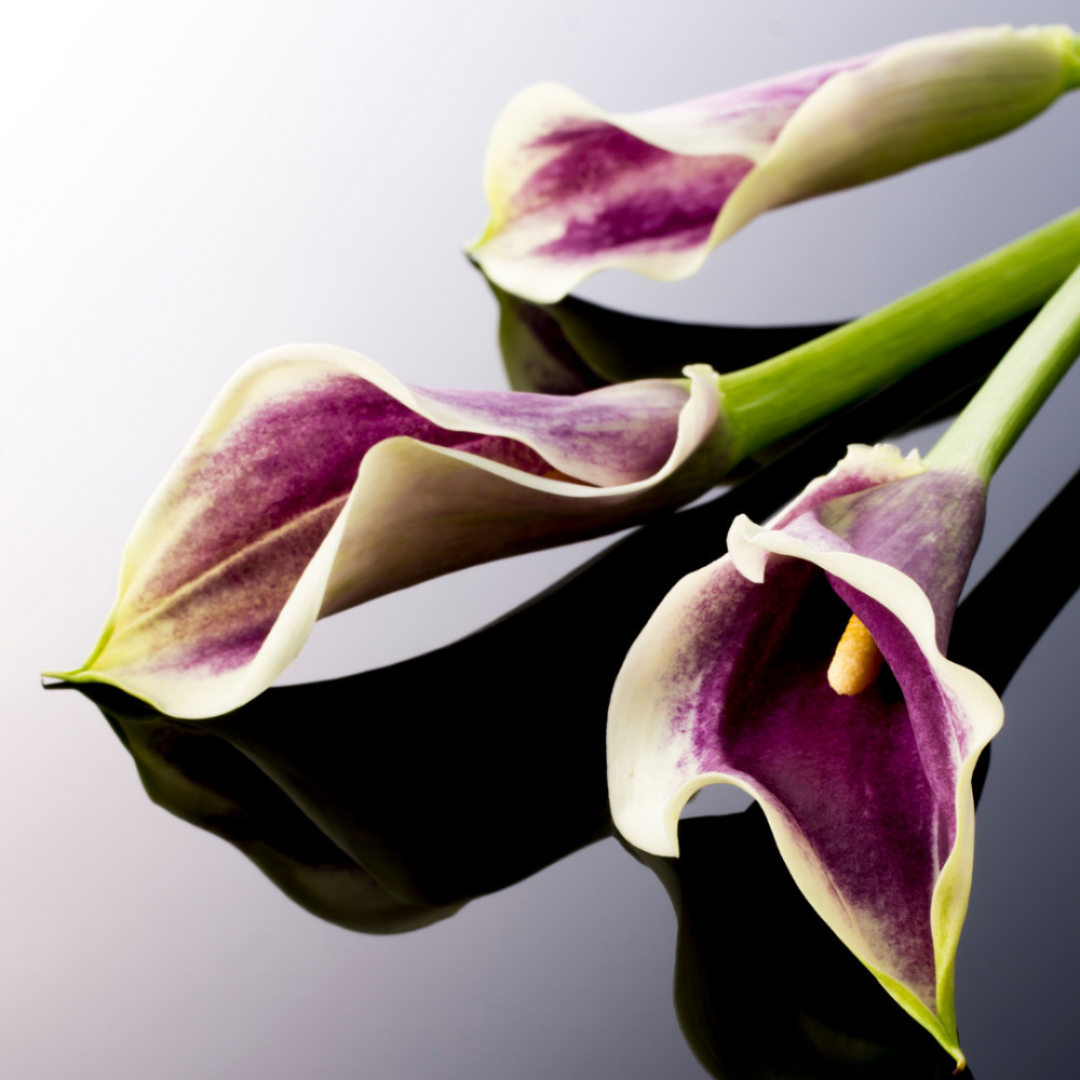
2. Picasso Calla Lily
The Picasso calla lily has striking dark purple blossoms with lovely white edging around the margins of the petals. These gorgeous blooms look great in a flowerbed, vase, or outdoor arrangement.
Picasso lilies prefer full sun and thrive in damp soil. They can also be used as marginal aquatics but should not be planted in baskets in water deeper than 12 inches. Summer and October are the best times to see these flowers.
3. Captain Melrose Calla Lily
Captain Melrose calla lilies are in high demand for their stunning colour. This flower is a must-have for brides worldwide because of its beautiful pink blush tones.
4. Pink Calla Lily
This gorgeous flamingo variant of the Zantedeschia Rehmannia, or pink calla lily, is one of the most brilliant and stimulating.
Pink calla lilies are a fantastic choice for adding colour to your garden or gift bouquets because they bloom between mid-summer and the beginning of October.
Like most calla lily hybrids, these stunning blossoms are resistant to deer and rabbits (and toxic to any other critters– keep cats away!), making them hardy garden flora. These lilies thrive in moist soil and bright sun and can be grown in semi-aquatic containers.
5. Captain Safari Calla Lily
Captain Safari lilies are a multi-coloured show with magnificent orange and yellow petals and a dramatic, multi-colour display. White dots can be found on the large, green, arrow-shaped leaves.
These particular lilies bloom in the summer and fall and are best planted in a garden bed or container (there are no aquatic plants for this one). It's ideal for keeping them in full sun or partial shade, and they prefer moist but well-drained soil.
6. Crystal Clear Calla Lily
The Crystal Clear, also known as the Arum lily, is a pure white lily with a vivid yellow center. The blooms of these calla lilies are most abundant in the summer and autumn months.
7. Odessa Calla Lily
Check out the stunningly deep violet of the Odessa calla lily if you're seeking an elegant lily with a darker, more muted colour. With light green and white speckled foliage, the broad blossoms are such a deep purple that they almost look black.
This lily enjoys damp soil and can flourish in semi-aquatic baskets with loam. It grows nicely near the edges of ponds and streams. For a spectacular bloom in the summer and fall, make sure Odessa lilies can get full sun.
8. Fire Glow Calla Lily
The Fire Glow lilies are the most vivid, with bright red petals that fade to a dandelion-yellow. Thanks to their dark green leaves, these lilies provide dazzling splashes of colour wherever they grow.
Water-based planters (in less than one foot of water) or garden beds– or even indoor containers– work well for these lilies. This type thrives in broad sunlight and moist soil and is resistant to wild animal predation.
9. Black Star Calla Lily
Due to the rarity of black blossoms, the Black Star will quickly stand out in any garden, pot, or vase. These enigmatic blossoms create superb floral arrangements.
10. Crystal Blush Calla Lily
The Zantedeschia ‘Crystal Blush' is one of the most stunning calla lilies available. It bears white flowers with a pink tinge on the petals' margins.
If you want gorgeous Calla lilies all season, it's worth spending some time thinking about how to care for them. With a little TLC, you'll be able to enjoy their abundant blooms for seasons to come!
11. Edge Of Night Calla Lily
The Edge of Night Lily is among the most stunning, with deep, almost black maroon petals. The wide, deep-green leaves are speckled with white and ringed with a rich crimson, and it's not just the petals.
These darker lilies do best in equally damp soil and, with careful care, can thrive in indoor containers. They will thrive in full sun or partial shade.
12. Golden Calla Lily
The golden calla lily lives up to its name with its huge mustard-yellow blossoms and regal demeanour. This cultivar is characterized by large golden flowers and broad white-speckled leaves.
It's critical to keep the roots of this lily moist at all times during its early stages of development. This lily blooms in the summer and thrives in a garden bed or bog-like setting.
To keep the flowers happy and healthy, keep them in full sun or partial shade. Always keep the soil moist and well-drained.
13. California Red Calla Lily
These magnificent blossoms are a stunning deep red, with orange undertones that develop to dark rust as the petals mature.
These hardy lilies thrive in warm, humid settings and can also be grown inside containers. They prefer full or partial sun and bloom in mid to late summer.
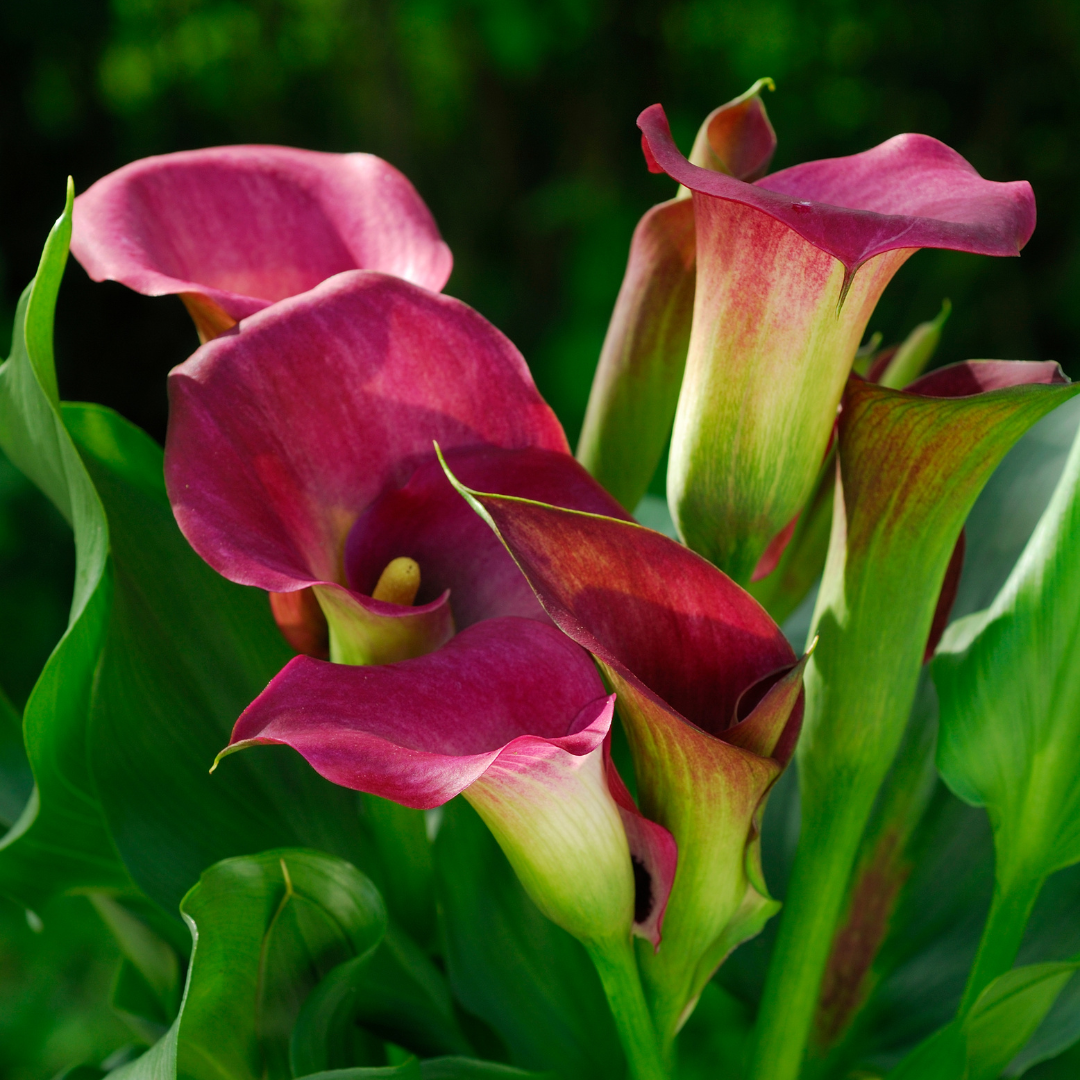
Growing Calla Lilies In Containers
If you look right, you can see that the whole world is a garden.”– Frances Hodgson Burnett.
Now, I’ll share the steps of growing calla lilies in containers. I hope this information is helpful.
1. Soil Requirements For Calla Lilies
They need rich, wet, well-drained soil to keep calla lilies flowering. Calla lilies grow around ponds and can survive a damp soil environment.
Allowing these plants to grow damp can result in root rot, so exercise caution. Before planting your flowers, enrich your soil with organic matter to boost nutritional density.
2. Container Requirements For Calla Lilies
Calla lilies can grow up to 4 feet tall. A tall, narrow pot is preferable to a large, shallow one. Any material, from plastic to porcelain, will suffice if it provides support and does not tip easily.
While calla lilies enjoy a lot of water, they still need good drainage to stay healthy and free of mildew and root rot. Select a pot with holes in the bottom and place it in a tray, or buy a matching pot and tray set for the lily.
3. Propagation Of Calla Lilies By Seeds
In the spring, put your calla lily bulbs in full sun or partial shade. Before you put them in the ground, be sure the fear of frost has gone, and the soil is suitably heated.
- Callas are best propagated by rhizome division, but seeds are equally effective. On the other hand, flowers from seed-grown plants can take up to three years to appear.
- When handling any part of Zantedeschia, remember to wear gloves to protect your skin from the possibly harmful and irritating substances it contains.
- Seeds appear in late summer to early autumn and must be collected when fully ripe, then stored until spring planting.
- After the flowers fade, seeds sprout on the thick spadix and mature into kernel-like pods.
- The pods grow to be two to five inches long. They're ready to harvest when they turn yellow, and if you gently squeeze them, they'll feel soft.
- Cut the pods at the root and store them in a paper bag until dried and brown. When the pods are fully mature, they break open, and the seeds are readily extracted.
- Dry seeds should be kept in an airtight container in a cold, dark place until spring.
- Fill shallow nursery flats halfway with moistened beginning soil mix and spread seeds one to two inches apart on the surface.
- Cover seeds with a quarter-inch of damp starting soil.
- Place flats in a bright, welcoming environment. To guarantee that the soil achieves the appropriate germination temperatures of 70 to 80°F, use a heating pad.
- Water the seeds with a moderate spray when the soil surface feels dry.
- Once two to three genuine leaves have emerged, transplant the healthiest and strongest seedlings to four-inch pots filled with potting soil, one seedling per pot. Small or slow-growing seedlings should be thinned or discarded.
- In their first year, keep seedlings in bright light with constant water and protect from the hot afternoon sun.
- Plants can be overwintered indoors and then planted outside the following spring.
4. Watering Calla Lilies
Don't overwater your calla lilies, especially after they've been planted. Once the rhizomes have established themselves, water the plants once a week or more frequently if the weather is particularly hot or drought-like. Indoor calla lily plants require continual hydration because containers dry out faster than ground plantings.
5. Temperature Requirements For Calla Lilies
Calla lilies prefer a warm climate with temperatures ranging from 60 to 80 degrees Fahrenheit. They also like a lot of humidity and moisture, so hot summers don't stop the flowers from blossoming.
The plants go into dormancy when the temperature drops below 50 degrees Fahrenheit. Before the temps drop below freezing, dig up your rhizomes for overwintering. Frost has the potential to harm the plant.
6. Protecting Calla Lilies During The Winter
Bring potted Callas indoors to a cool, dry environment before frost threatens in the autumn or early winter. Cut the foliage back to the ground as it yellows, dig up the tubers, and store them in a dry 55°F environment.
In the Spring plant calla lilies immediately in garden beds. Withhold water for at least eight weeks before resuming the cycle with light and water.
7. Fertilizing Calla Lilies
Calla lilies require feeding when they are first planted and again in the spring at the start of the growing season to ensure abundant blossoming.
Most well-balanced fertilizers will suffice. Avoid using a nitrogen-rich blend, as it will prevent the plant from blossoming.
8. Pruning Calla Lilies
Calla lilies don't need to be pruned regularly. However, wilting bloom portions can be removed. This plant will not die if sections of it are removed.
Use your fingertips to pinch stems below the flower's base or sterilize pruning shears. If you live in zone 8 or warmer, trim it down to the soil level when it dies back at the end of the growing season and dispose of any plant waste. It will reappear in the spring. (It's best to avoid touching the sap by wearing gloves when working with this plant.)
9. Repotting Calla Lilies
When the roots of your calla lilies become crowded, it's time to move them to a larger pot. Root-bound calla lily plants will not thrive, so replant them if you find a problem with their roots. Replace the old pot with one at least two or three inches deeper and wider.
To re-pot calla lilies, carefully remove them from their smaller pot and insert them gently into the larger one, being careful not to harm the fragile roots.
Fill the new container halfway with soil, up to an inch from the rim. After repotting, keep the soil constantly moist for a few days.
Make sure the earth isn't too wet or flooded. Terracotta pots are an excellent choice for this plant since their porous walls enable air and water to pass through.
This supports healthy growth by preventing root rot and disease caused by overwatering. Clay pots have the disadvantage of drying out more quickly, necessitating more frequent watering.
10. Pests & Diseases Of Calla Lilies
- When growing calla lilies, you may encounter numerous problems, the most common of which are bacterial soft rot, which affects the rhizomes, and botrytis.
- This fungal disease causes a filmy grey mould on the plant's petals, stems, and leaves. Don't overwater your calla lilies, and make sure they're spaced far apart to allow for adequate air circulation to avoid fungal illnesses.
- Aphids, snails, and spider mites are just a few parasites that can wreak havoc on calla lilies. To counteract these difficulties, use a moderate insecticidal soap or horticultural oil like neem oil on the plants.
- If your leaves have a brown edge, your fertilizer may have too much nitrogen. A nitrogen-rich fertilizer might generate brown-edged leaves on your plant that grow quickly and appear lush. Your plant is also unlikely to bloom.
- Water is a favourite of Calla lilies. If they don't get enough water, they may not blossom, appear stunted, and have yellowed and wilted leaves. Water calla lilies regularly keep the leaves healthy and encourage blossoming; lack of sunlight can also cause stunted development.
- Too little or too much watering might cause plant drooping. Overwatering causes fungus infections such as root rot, soft rot, and anthracnose (leaf blight). Drooping stems and blossoms can also be caused by too much nitrogen in the fertilizer. If the plant is dehydrated, adding water will help it perk up. Uproot the plant, remove any mushy, blackened roots, apply a fungicide, and re-pot it in a sterilized pot with a fresh, well-draining potting mix to help it recover from fungal diseases.
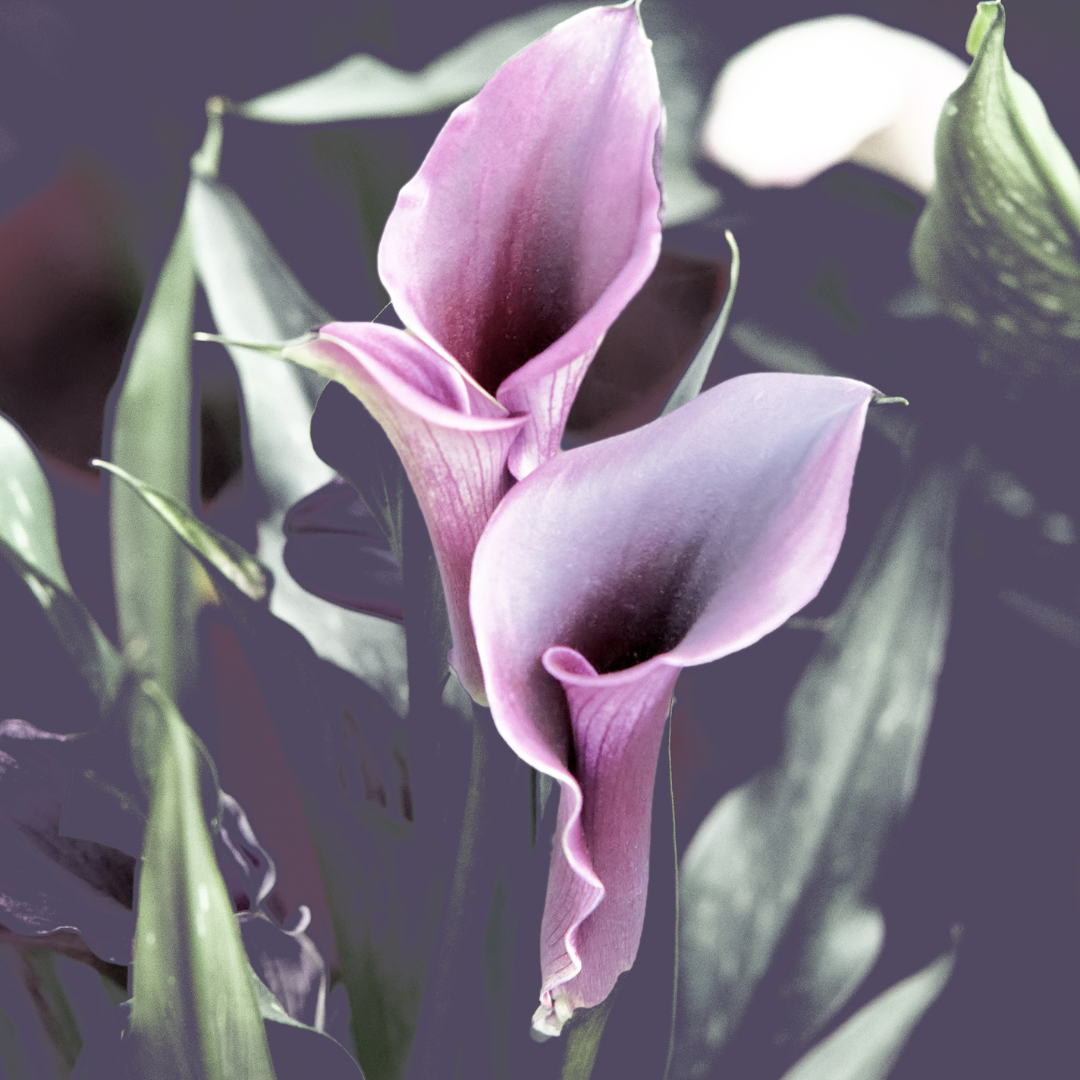
Conclusion
Every family may profit from planting, caring for, and cultivating flowers in many ways. Planting flowers may provide educational, social, environmental, and health benefits with just a little soil, seeds, and effort. Feel Free to comment here if you face any problems when growing calla lilies in containers.
I trust you enjoyed this article on the Best Steps Of Growing Calla Lilies In Containers. Please stay tuned for more blog posts soon. Take care!
JeannetteZ
>>>Please click here to read my all-inclusive article, About The Essential Companion Planting Guide<<<
>>>Please click here to read my all-inclusive article about Container Gardening<<<
Are you interested in homegrown herbs and medicine? Please click here to find out more about it!
Your Opinion Is Important To Me
Do you have thoughts, ideas, or questions? I would love to hear from you. Please leave me your questions, experiences, and remarks about this article on the Best Steps Of Growing Calla Lilies In Containers in the comments section below. You can also reach me by email at Jeannette@Close-To-Nature.org.
Disclosure
This post may contain affiliate links. I earn from qualifying purchases as an Amazon Associate and other affiliate programs. Please read my full affiliate disclosure.
You might also enjoy these blog posts:
11 Steps Of Growing Apples In Containers
10 Easy Steps Of Growing Raspberries In Containers
Natural Remedies For Everyday Illnesses
Pet Birds That Live A Long Time
Best Gardening Tips For Beginners




















